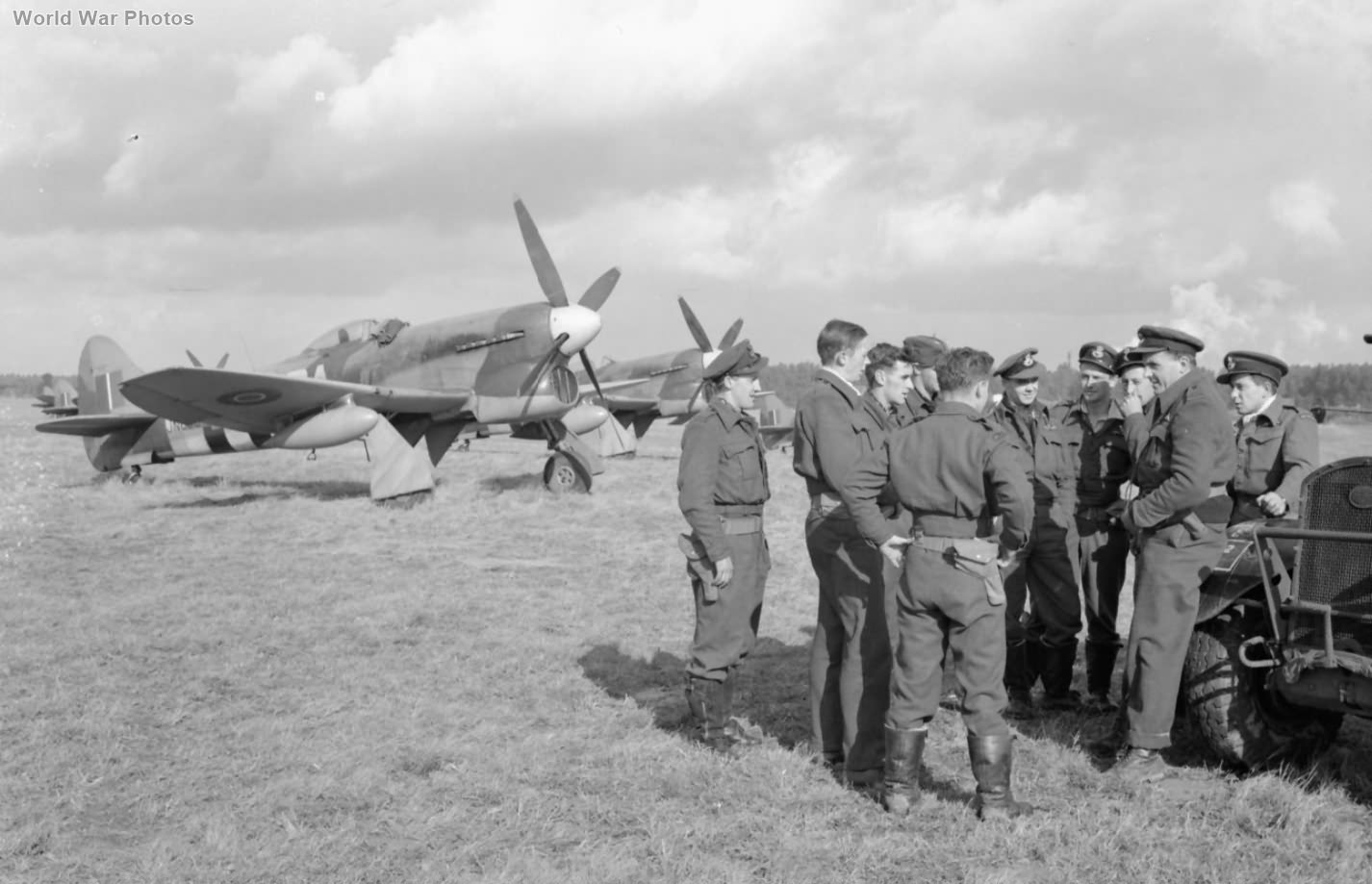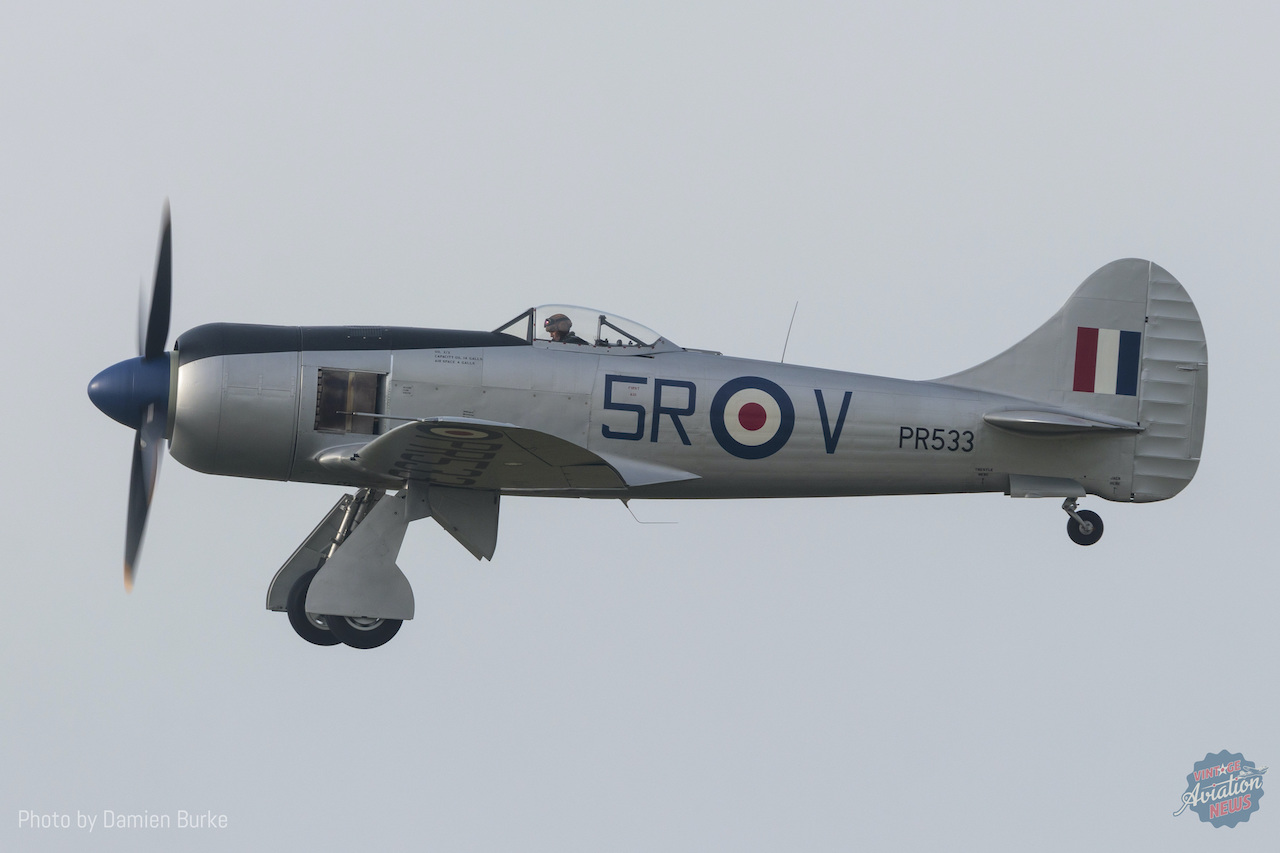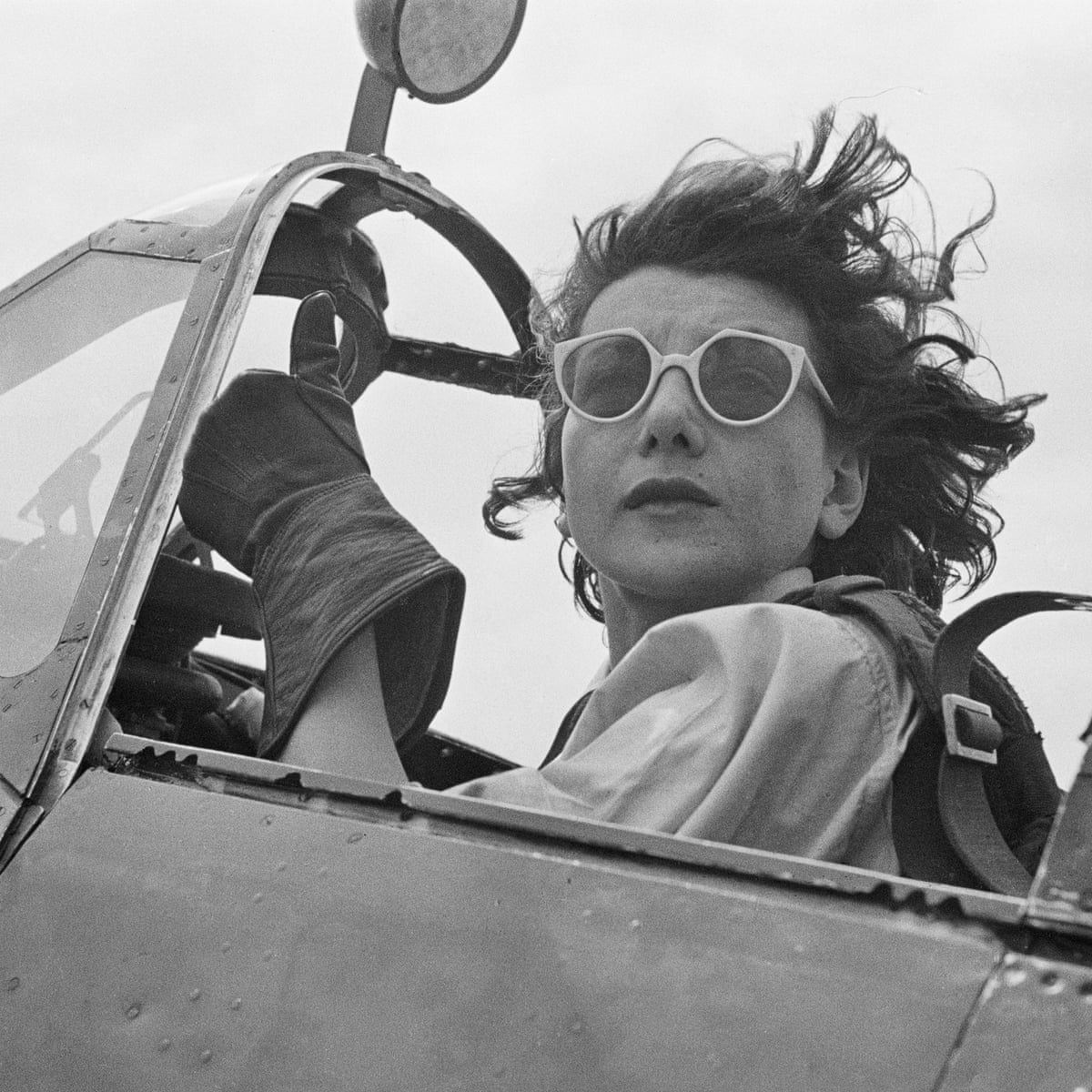Sideslip
Well-Known Member
For a second, I thought it was a photo of reenactors given the eclectic attire in one place!German Prisoners of War
Arrive at NAS Jacksonville, Florida, on 9 June 1945. They are guarded by U.S. Army personnel including a corporal with a M1917 revolver in a M1911 .45 pistol shoulder holster. The Germans are Army, Navy and Air Force non-commissioned officers wearing a variety of tropical and continental uniforms. All have U.S. raincoats with "P.W." stenciled on each arm.





